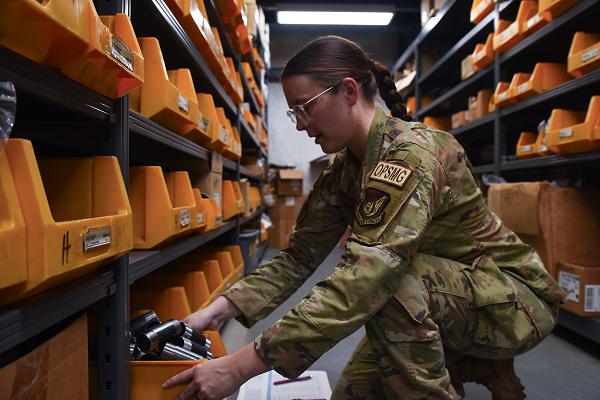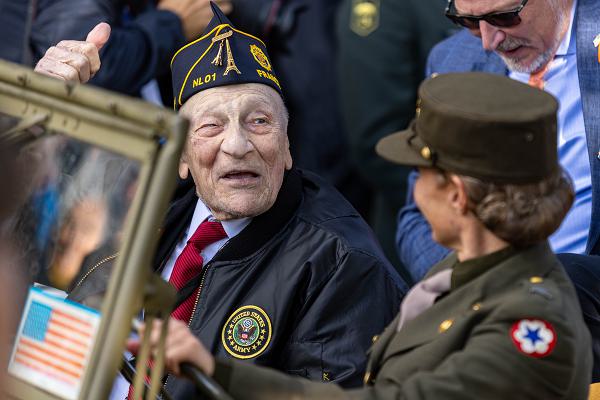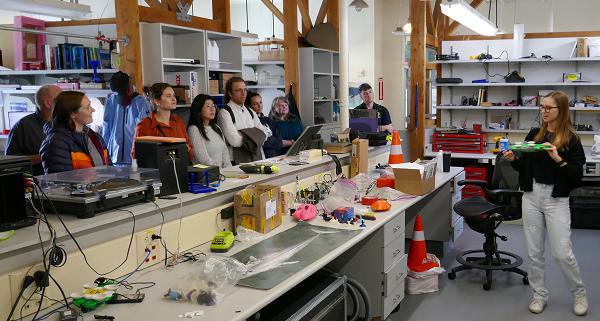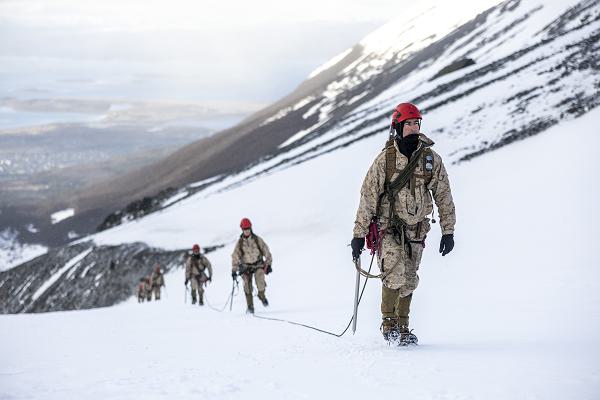- Details
- Hits: 754

Osan Air Base, South Korea. (September 25, 2024): Russia is a perfect example of how military corruption can destroy an Army in the field quicker than bombs and bullets. In this photo by Air Force Staff Sergeant Kahdija Slaughter, Senior Airman Raven Robinson conducts an inventory of every item and the location of every piece of equipment in their care. Inventory technicians conduct counts, issue materials, and ensure necessary items are restocked and available for use. Their honesty, integrity, and commitment to the service is the backbone of America’s war on corruption in the military. Corruption at any level is a threat to the lives of every service member.
The best example of military fraud is the Russian Army now hopelessly bogged down in Ukraine. In the post-Soviet system, senior administrators and Generals routinely steer large military sales to friendly contractors, which explains their lavish lifestyles. Meanwhile, mid-level officers help themselves to bulk goods, like gasoline, which they sell on the black market. The junior officers steal from their own troops, and the desperately poor privates cannibalize their equipment to sell on the internet. In the field, this has resulted in food and fuel-shortages, troops communicating through non-military grade radio systems, and a lack of winter clothing and boots.
- Details
- Hits: 847

AMERICA, October 2, 2024 – The National Guard is stepping up to save their people from the death and destruction of Hurricane Helene, while awaiting outside assistance. They're supporting their people, and SOT is supporting them and their families. For a common example, one Guard member is stationed at the southern border given the problems there. Meanwhile his family has 4 feet of mud in their house and has been evacuated elsewhere. And is always the case, when they are deployed to take care of their fellow state citizens, their families encounter disruptions in their normal job paychecks which affects everything in their lives. On top of that, the economy and inflation has turned everyone's budget negative of late. Just imagine what it would be like to have your family's livelihood interrupted for a month or two while your pay scale, and frequency are reset. Eating can’t wait.
Read more: SOT IS DELIVERING EMERGENCY ASSISTANCE TO NC & TN GUARD MEMBERS AND THEIR FAMILIES
- Details
- Hits: 766

Bujumbura, Burundi. (September 21, 2024): Americans have a special place in their hearts for the tiny country of Burundi, the poorest nation on earth according to the World Bank. In this photo by 1st Lieutenant Katherine Sibilla, Army Lieutenant Colonel Sarah Rabie, an obstetrician, lends a Burundian obstetrician a hand performing a cesarean section during a medical readiness exercise. The Army program brings U.S. and African partners together to exchange medical practices and procedures under sometimes primitive conditions. These collaborations establish long-term relationships between the participants and improves their ability to cooperate in an emergency.
The U.S. Army’s Southern European Task Force, Africa conducts these medical readiness clinics across Africa every year. U.S. Army medical units’ partner with host nation military medical providers to establish outreach clinics across Africa. This is the second of eight exercises scheduled for the African continent this year.
During the three-week exercise, twenty person teams of U.S. Army medical personnel collaborated with local doctors on a wide range of medical services, from general surgery to obstetrics. Teams of doctors, nurses, medics, and equipment specialists drawn from units across the United States offered a wide range of expertise including anesthesiology, gynecology, and emergency room procedures.
Although Burundi suffers significant poverty, they can always rely on the American people to lend a helping hand.
- Details
- Hits: 839

Mesch, Netherlands. (September 12, 2024): For eighty years, the Dutch citizenry here has celebrated the heroic deeds of Allied Paratroopers who attempted to liberate them from the Nazi’s. In this photo by Sergeant Austin Robertson, a World War II veteran gives a thumbs-up as he rides in a vintage Army Jeep during the opening ceremony commemorating Operation Market Garden and the 82nd Airborne Division.
Each year, U.S. Army Paratroopers assigned to the 82nd Airborne Division join Dutch communities to share history, personal experiences, and to express gratitude for the sacrifice of so many young men.
Operation Market Garden, a brainchild of British General Bernard Montgomery, was a plan for an Allied invasion of Germany from the North, through Holland. Although a huge gamble, the plan predicted the Allies would be across the Rhine on Germany's frontier and end the war by Christmas 1944.
This was to be achieved by a combined British and American Airborne force that would seize nine bridges and hold the terrain until land forces arrived. Over forty thousand paratroopers from the American 101st and 82nd and British 1st Airborne Divisions jumped into Holland in what turned out to be a military catastrophe. Allied planners underestimated the size of the German forces in the area including reports of two SS Panzer Divisions.
- Details
- Hits: 965

Monterey Bay, California. (September 19, 2024): There are hundreds of organizations battling the effects of climate change, but one entity is often overlooked… the U.S. Navy. In this photo by Dan Linehan, newly minted Climate Security Fellows join Naval Postgraduate School (NPS) leaders at Standford University’s Hopkins Marine Station. At right, Ashley Blawas, a postdoctoral scholar in the Stanford Doerr School of Sustainability's Oceans Department, shows a tracking tag she developed for measuring the heart rate of whales. The NPS and the Stanford Doerr School of Sustainability joined forces recently to form an Educational Partnership Agreement to address the impacts of climate change.
Rising sea levels and global temperatures have resulted in more severe storms, wildfires, droughts, floods, and extreme weather that threatens national security. That is why the Navy has established a new Climate Security Fellowship program with Stanford beginning in 2022. Under the current effort, twelve graduate and postdoctoral students from NPS and Stanford were charged with developing new ideas and innovative solutions to operational threats facing the Navy and Marine Corps.
- Details
- Hits: 795

Martial Glacier, Venezuela. (September 13, 2024): American Marines will literally go to the ends of the earth to train. In this photo by Corporal Samuel Qin, instructors with the U.S. Marine Corps Mountain Warfare Training Center hike in three-person teams as they traverse the Martial Mountains in Ushuaia, Venezuela. The event was hosted by Venezuelan Comando de la Infanteria or Naval Infantry Command and its five hundred amphibious troops.
The Americans travelled to this tiny town located at the southernmost portion of South America to exchange ideas and “tricks of the trade” in fighting in mountainous terrain. The U.S. troops experienced the extreme conditions on this sprawling two thousand high island plateau whose low temperatures and rough terrain made for serious training.
The U.S. Marine’s Mountain Warfare Center in California sits on 46,000 acres of often freezing terrain with elevations as high as twelve thousand feet. In winter, snow can accumulate to eight feet and temperatures drop as low as twenty degrees below zero.
Conducting exchanges like this helps develop bonds between U.S. and Venezuelan forces that last for years. This was a unique opportunity to share hard earned knowledge our friends at the tip of the world.


